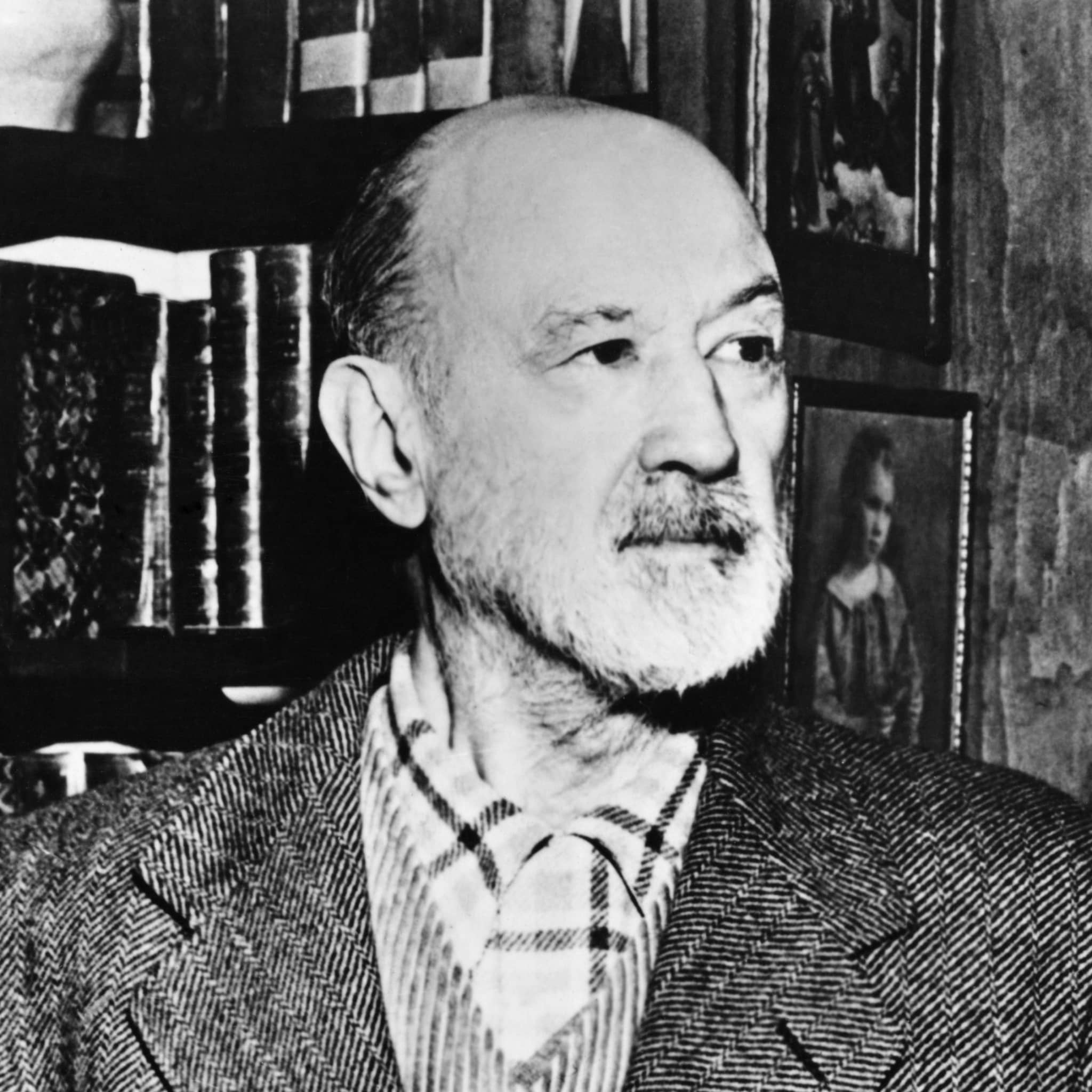Album insights
Chopin's collection of 24 études opp. 10 and 25 is a landmark in piano literature. These pieces serve as a bridge between his learning years and mature style, laying the groundwork for his later harmonic and technical developments. They not only offer a guide to piano technique but also provide access to piano compositions well into the 20th century once mastered, despite their relatively short length not reinforcing the necessary endurance.
Etudes, compositions designed to enhance a player's technical skills privately and showcase virtuosity in public, have been an essential part of piano music since the early 19th century. Chopin's études, published between 1833 and 1837, were considered quintessential examples of this form, blending musical substance with technical challenges. Other composers preceding Chopin, such as Bertini, Czerny, Cramer, Hummel, and Wieck, also contributed to the development of étude collections. While earlier études varied in their focus, Chopin revolutionized by merging musicality with technical difficulty.
Although Chopin's études mark a shift in the form, one may find similarities with earlier works. For example, op. 10 No. 1 in C major might be viewed as a modernized version of Bach's Prelude from the Well-Tempered Clavier I, both relying on arpeggios and a consistent rhythm. Chopin's op. 25 solidifies the accomplishments of op. 10 while introducing new technical aspects and maintaining a consistent musical depth. The connection between each étude's key in op. 25 creates a seamless progression, unlike the more independent keys in op. 10.
Many of the well-known études from this collection bear distinct names, like "Tristesse" (op. 10 No. 3) and "Revolutionary Étude" (op. 10 No. 12). Op. 10 is dedicated to Liszt, while op. 25 is dedicated to Liszt's lover, Countess Marie d'Agoult. Additionally, Chopin's Trois nouvelles études, written between 1839-1840 for a piano school's method book, stand out for their more intimate focus on technical challenges compared to his earlier works.
Jeremy Nicholas © 2010
Translation: ChatGPT




